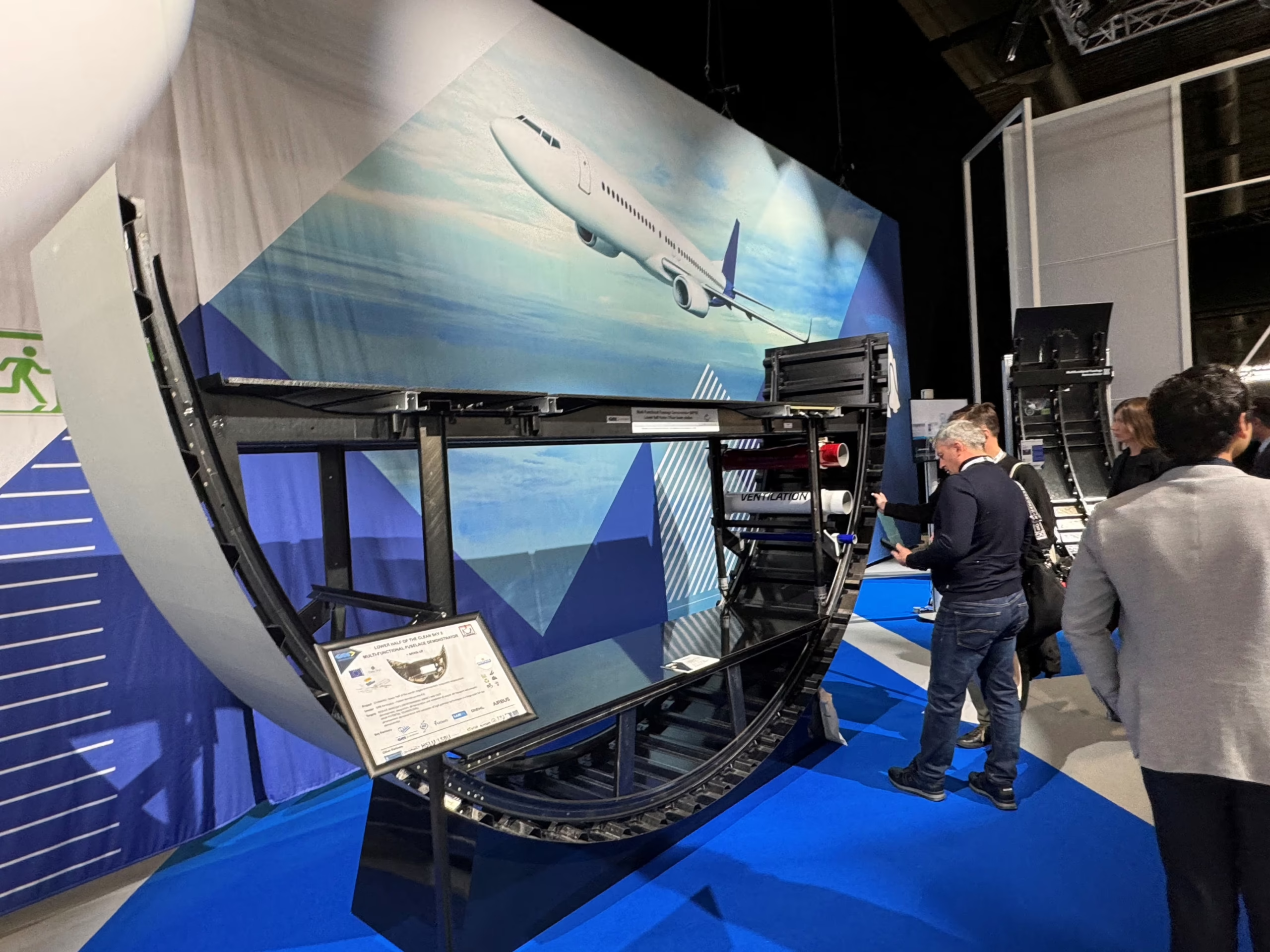March 24th, 2025 – REUTERS
This week Reuters highlighted the need for thermoplastic composites. Below are some highlights from that article that point to exactly why the AAMMC Tech hub and the United States efforts to develop a domestic supply chain for thermoplastic composites are critical to the future of airplane manufacturing in the United States.
Thermoplastics Poised to Reshape Future of Aerospace Manufacturing
As Airbus and Boeing prepare to dramatically ramp up production of their next-generation narrow-body jets—potentially to rates of 100 aircraft per month each—the aerospace industry is facing a pivotal materials revolution.
To meet such ambitious output goals, both manufacturers are exploring thermoplastic composites, which promise faster and more energy-efficient production. Unlike traditional thermoset materials, thermoplastics can be reshaped and welded, enabling automation and reducing reliance on time-consuming processes like riveting and autoclave curing.
At the JEC World composites show in Paris, Airbus revealed a section of what’s being called the world’s largest thermoplastic fuselage demonstrator. “The fuselage is the biggest and most complex thermoplastic structure in the world,” said Mathias Gornet, R&T Manager for thermoplastics at Airbus.
Airbus R&D executive Axel Flaig noted: “If you want to build an aircraft a day, you need a different way of doing things.”
Thermoplastics could be that way. According to engineers, this material enables “ultrasonic welding” and reshaping without lengthy curing, making it ideal for future high-rate production lines.
While these advancements are still in the development stage, Boeing is participating in NASA’s HiCAM (High-rate Composite Aircraft Manufacturing) program to accelerate the adoption of these materials in future programs.
For the full story, read the original Reuters article: Airbus, Boeing eye fast output as plastics loom for future jets

